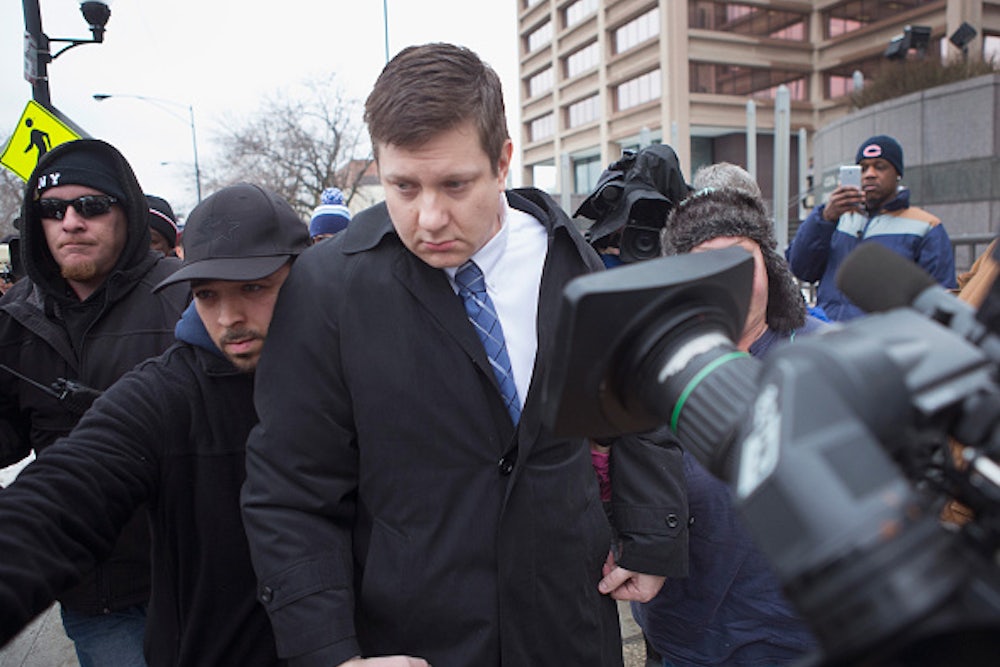And he wasn’t alone. Videos taken from two other squad cars at the scene that night in October 2014 also didn’t include audio. According to an investigation published earlier today by DNAinfo Chicago, the lack of audio evidence from the McDonald shooting, the cover-up of which has forced the resignation of the chief of police and implicated the mayor’s office, was probably not a convenient accident. Maintenance records for the dashboard camera in Van Dyck’s vehicle reveal a pattern of “intentional damage” and delayed repairs throughout the department.
In total, 80 percent of Chicago’s 850 dashboard cameras don’t record sound, often due to “intentional destruction,” DNAinfo Chicago reported previously. Officers have been known to stick dashcam microphones in their glove boxes or remove the batteries and antennas from the cameras. Of the 22 police shootings passed from the Independent Police Review Authority to to the State’s Attorney’s Office last year, video was missing in all but three instances. (Audio was missing in all.) On an average day, 12 percent of the department’s dashboard cameras are not working properly, according to a police spokesperson.
Considering that the existence of video footage hasn’t made a difference in cases like those of Tamir Rice and Eric Gardner, there’s good reason to be skeptical of the impact body cameras alone would have on reducing police violence. That’s assuming, too, that you can keep the cops from just breaking them.
